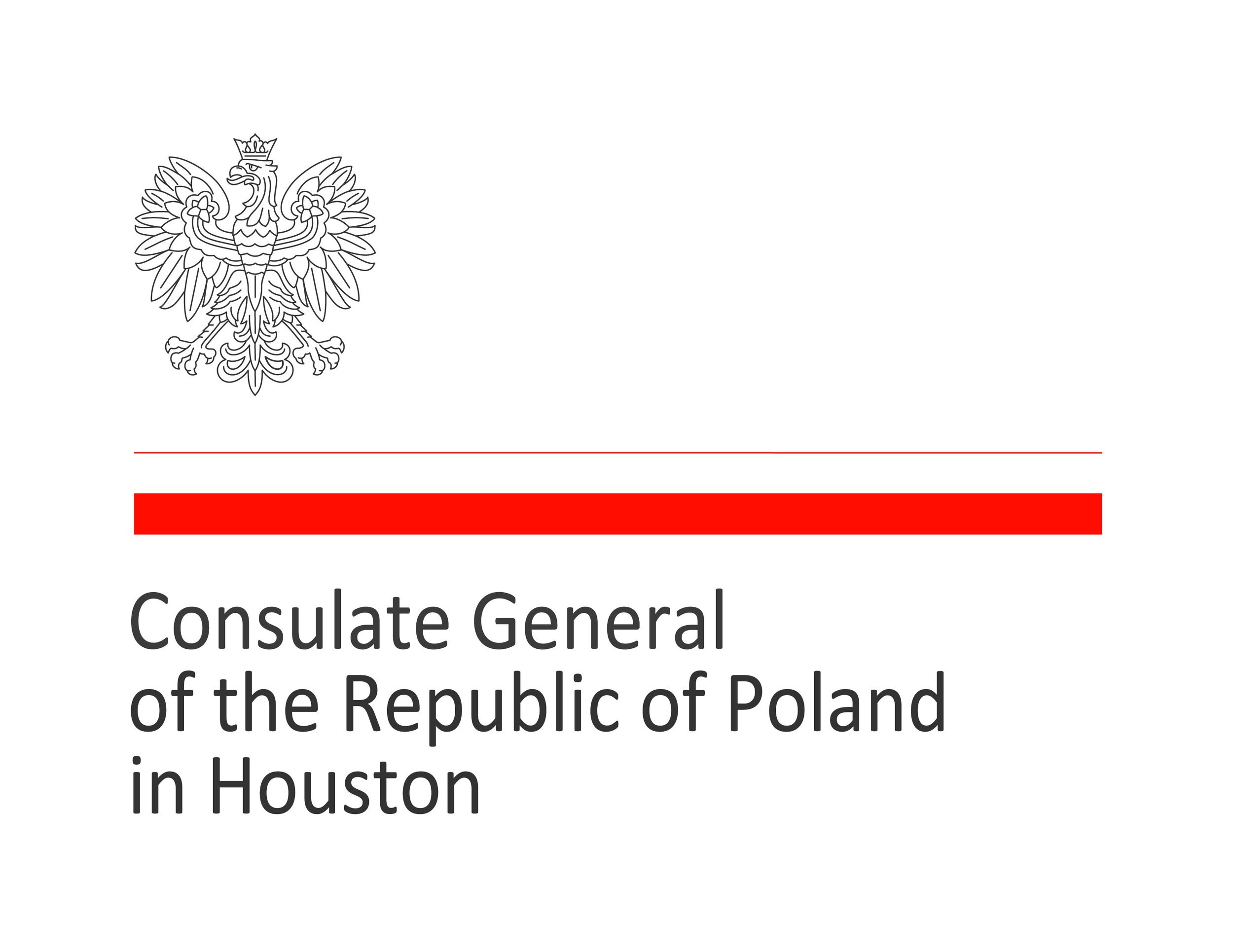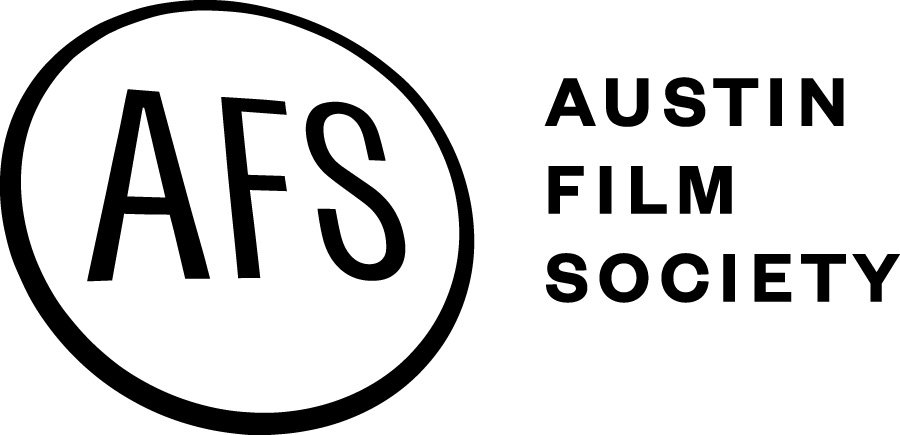The 10th APFF Poster Exhibit
/Michal Poniz is a scheduled guest at the 10th APFF. For the last forty years, he managed to gather much over ten thousand posters . The exhibit he is bringing to the festival venue this year will focus on the American film posters by the masters of the Polish Poster School dating from the 1940s to the present. Some excerpts from the catalog of another poster exhibit he curated in Warsaw Museum of Poster will give us a feel who he is and what to expect in October.
“For an ordinary passer-by, a Poster is just passing print. It’s an ad, announcement, slogan in a graphic form, duplicated and located in public places. Posters annunciate, convince and persuade. Hung somewhere in the streets of the city scape, after a short time they disappear, replaced by another poster.
A poster, whose life-span on the street dissipates, is only perceived as overprinted paper, an item unworthy of respect, waste paper.
For over 20 years, the first in Poland, and then in various countries and continents, I gathered and collected with relentless enthusiasm; this waste paper.
Leaving Poland, I was convinced that Polish posters were known and reputable around the world. And when I will say a “polish poster” I will come across with the understanding of the topic, and the admiration for artistic achievements of my compatriots will be heard. Unfortunately, only after I said the word “poster”, I recognized a general lack of understanding. When I was adding the word “Polish”, the facial expressions of those who I was talking to, were exactly as on the poster “Alcoholic’s offspring”.
It was comforting though, when that same person, after seeing more polish posters, became truly interested and impressed.
Posters were the part of Poland I was proud of. The part which I was gladly showing off to my friends, boasting about my collection, as if I was the creator.
Studies in the United States, work, and visa difficulties caused by a political regime, did not allow me visit my country too often and for too long unfortunately. When I could, I was coming back to Texas with a small roll of posters.
Thanks to my trips all around Poland, contacts I made and poster exchanges with different collectors (like Wlodek Orzel from Warsaw and Florian Zielinski from Poznan), in a couple years I gathered over eight thousand post-war posters.
In New York, Paris, London, I started to search for treasures – in flea markets, used book sellers and sometimes in prestigious galleries. I made contacts with collectors from all over the world. Polish poster turned out to be a very marketable exchange product. Thanks to it, I started getting to know French, German, Cuban, Japan posters. Wherever I go now, I know I won’t be bored. In any country you can find old movies, a lost antique store, or a crazy collector.
Posters, which I show during my exhibition, are effect of traveling, searching, buying and exchanging with other collectors.
The exhibition idea was in my head for a couple years. But I was thinking, how to show in a museum something, that does not have defined character, does not have academic content, which I usually associate with a museum. My idea was to present interesting and pretty posters. To me, a person who grew up on polish posters, they were interesting because they were something different. They had impressive format and print technique, which preserved the color freshness for almost 100 years. And of course image aesthetic.
Collecting posters for me is something spontaneous and emotional. It’s searching for and discovering treasures, sometimes random or sometimes planned. It’s a journey into a world of individual visions, topics and cultures. The world of posters can be full of nuances, multi-meanings, humor, dread, art and kitsch. Today, when the street landscapes are awash with posters refined by computers – anonymous and soulless pictures, advertising the same things in the same ways in Warsaw, Paris or New York, I think it is worth to remind the world of this world of posters.”
(Translated by Karolina Broniewska)
Austin's Art on the 5th Gallery hosted Michal Poniz in the past and this is what they wrote about Polish poster art:
Before the era of globalized entertainment made movie posters look the same in every country, Polish artists were creating their own versions for the internal market. What resulted was a whole school of artists trained in the art of the poster. With the original imagery unavailable, movie posters were created in an interpretative fashion with a unique aesthetic and style. The Polish film posters were artist-driven, not studio-driven. It is more akin to fine art than commercial art. It is painterly rather than graphic. What sets the Polish poster apart from what we’re used to see in the West is a general disregard for the demands of the big studios. The artists requested and received complete artistic freedom and created powerful imagery inspired by the movies without actually showing them: no star head-shots, no movie stills, no necessary direct connection to the title – just the artists’ vision.










